Japan’s countryside harbors remarkable traditional villages that have preserved centuries-old ways of life, offering visitors glimpses into a side of Japan far removed from the neon lights and skyscrapers of major cities. These communities maintain architectural styles, cultural practices, and seasonal rhythms that connect directly to Japan’s agricultural and artisanal heritage.
Many villages face challenges from aging populations and urbanization, making current visits particularly meaningful as you witness living traditions that may not survive another generation. The preservation efforts in these villages create opportunities to experience traditional Japanese culture in its original setting, from ancient farming techniques to handicrafts passed down through families for hundreds of years.
Here is a list of 14 traditional villages in Japan’s countryside.
Shirakawa-go
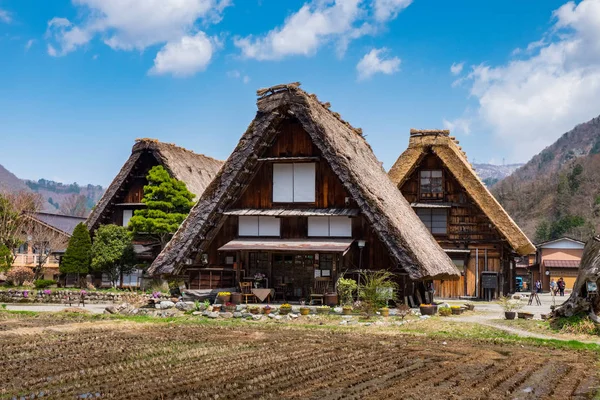
This UNESCO World Heritage village in the Japanese Alps showcases the distinctive gassho-zukuri farmhouses with their steep thatched roofs designed to shed heavy mountain snow. The traditional houses, some over 250 years old, continue to shelter families who maintain the village’s agricultural traditions and welcome visitors into their homes for authentic cultural experiences.
The village’s isolation in a remote mountain valley helped preserve building techniques and social customs that disappeared elsewhere in Japan during rapid modernization.
Takayama Old Town

The historic districts of Takayama maintain their Edo-period character with sake breweries, traditional inns, and merchant houses lining narrow streets that have remained unchanged since the 17th century. Local craftsmen still practice traditional woodworking techniques without nails, creating furniture and architectural elements using methods passed down through generations of master carpenters.
The morning markets feature local mountain vegetables, handmade crafts, and regional specialties that reflect the area’s position as a trading center between mountain and lowland communities.
Like Travel Pug’s content? Follow us on MSN.
Ainokura Village

This smaller gassho-zukuri village offers a more intimate experience than its famous neighbor Shirakawa-go, with fewer tourists and stronger connections between visitors and local residents. The village’s 20 traditional houses create a compact community where visitors can observe daily life and participate in seasonal activities like rice planting and harvest festivals.
The surrounding mountain scenery provides spectacular hiking opportunities through landscapes that have shaped village life for centuries.
Iya Valley Villages
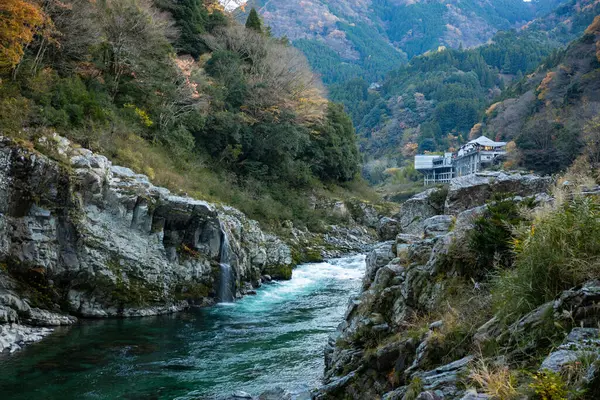
Hidden in the mountains of Shikoku island, these remote settlements maintain traditional lifestyles in one of Japan’s most isolated regions, accessible only by winding mountain roads that discourage casual tourism. The villages feature traditional thatched-roof houses and terraced fields carved into steep mountainsides, demonstrating how Japanese communities adapted to challenging terrain.
The famous vine bridges connecting different parts of the valley represent ancient engineering solutions that continue to serve local communities.
Ogimachi Village
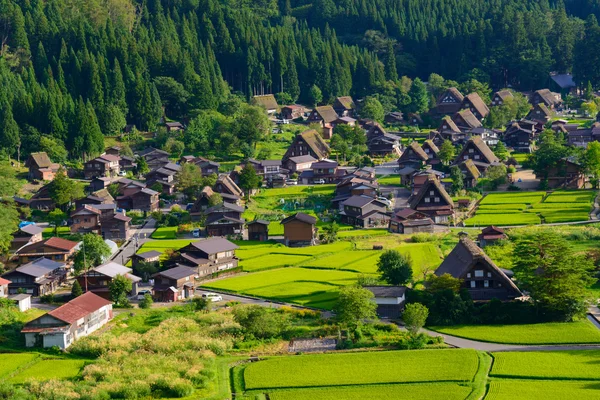
As the largest settlement in Shirakawa-go, this village combines well-preserved traditional architecture with modern amenities that allow comfortable visits while maintaining authentic cultural experiences. Several farmhouses operate as minshuku (traditional inns) where guests sleep on tatami mats and share meals with farming families.
The village’s museum and cultural center provide context for understanding traditional rural life, while outdoor activities showcase the natural environment that shaped local customs.
Like Travel Pug’s content? Follow us on MSN.
Kayabuki no Sato
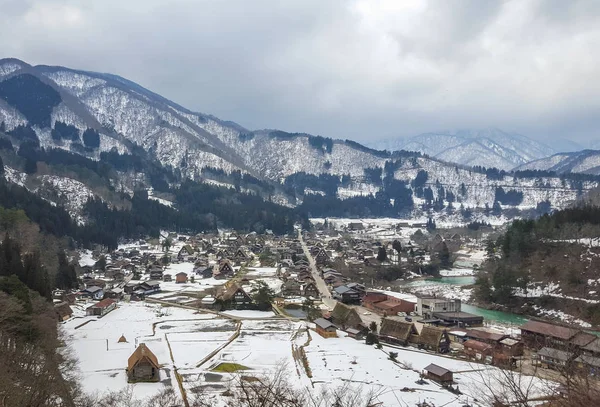
This thatched-roof village near Kyoto demonstrates traditional rural architecture and farming practices within easy reach of Japan’s ancient capital city. The village maintains over 50 traditional buildings, including farmhouses, temples, and workshops where craftsmen demonstrate traditional techniques like pottery, weaving, and bamboo crafting.
Seasonal festivals and agricultural demonstrations help visitors understand how rural communities supported themselves before industrialization changed Japanese society.
Tsumago
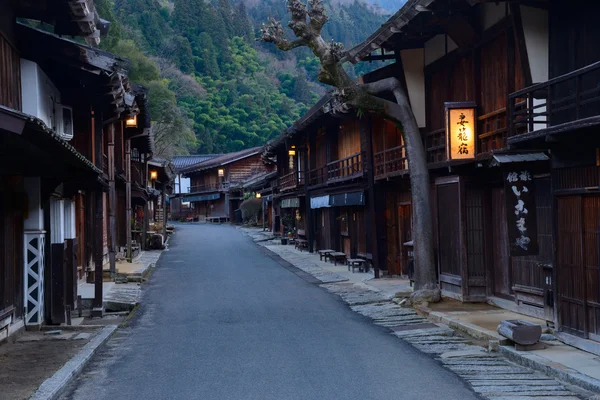
This perfectly preserved post town on the ancient Nakasendo highway maintains its appearance as a waystation for travelers during the Edo period, with traditional inns and shops lining the historic route. The village operates under strict preservation rules that prohibit modern signs, utility poles, and architectural modifications that would compromise its historical integrity.
Walking the cobblestone streets feels like stepping back in time, especially during early morning hours when mist rises from the surrounding mountains.
Magome
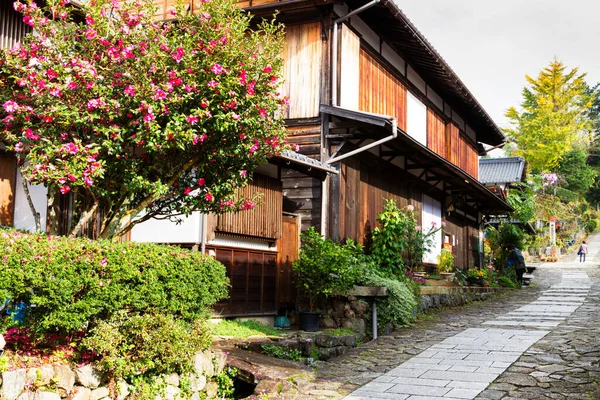
Another Nakasendo post-town, Magome sits dramatically on a mountainside with stone-paved streets and traditional wooden buildings that cascade down the steep slope. The village serves as the starting point for hiking the preserved section of the Nakasendo trail to Tsumago, allowing visitors to experience historical travel routes through mountain landscapes.
Local museums and restored buildings provide insights into how these communities served travelers and maintained connections between Japan’s major cities.
Like Travel Pug’s content? Follow us on MSN.
Gokayama Villages
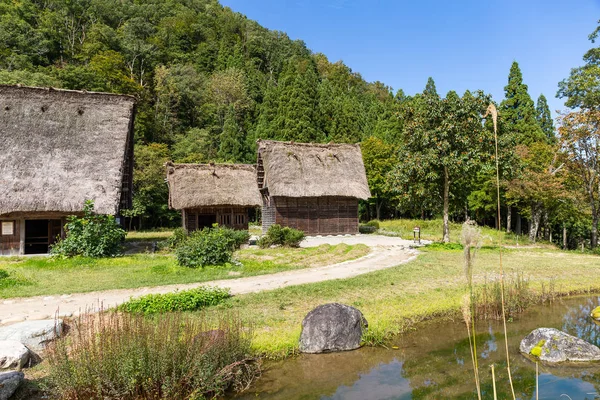
These five traditional villages in a remote mountain valley showcase different aspects of gassho-zukuri architecture and rural life, with each community maintaining distinct traditions and specialties. The villages include active farms, traditional craft workshops, and cultural centers that demonstrate how isolated communities developed self-sufficient lifestyles.
The area’s designation as a UNESCO World Heritage Site recognizes both its architectural significance and its role in preserving traditional Japanese rural culture.
Hida Folk Village
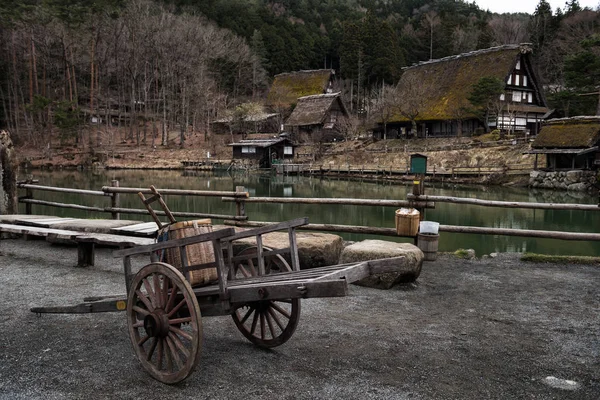
This open-air museum near Takayama brings together traditional buildings from throughout the region to create a comprehensive display of mountain village life and architecture. The relocated farmhouses, temples, and workshops allow visitors to explore different building styles and regional variations within a single location.
Craftsmen demonstrate traditional techniques like pottery, weaving, and woodworking while explaining how these skills supported rural communities.
Chiran
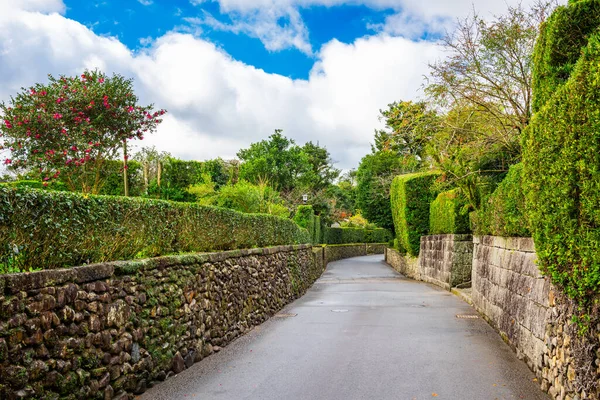
This former samurai town in southern Kyushu preserves traditional warrior residences with their characteristic gardens and architectural features that reflect the social structure of feudal Japan. The village’s streets maintain their historical layout with stone walls, gates, and gardens that demonstrate how samurai families lived outside major castle towns.
The preserved houses showcase different ranks within samurai society and provide insights into the daily lives of Japan’s warrior class.
Like Travel Pug’s content? Follow us on MSN.
Narai
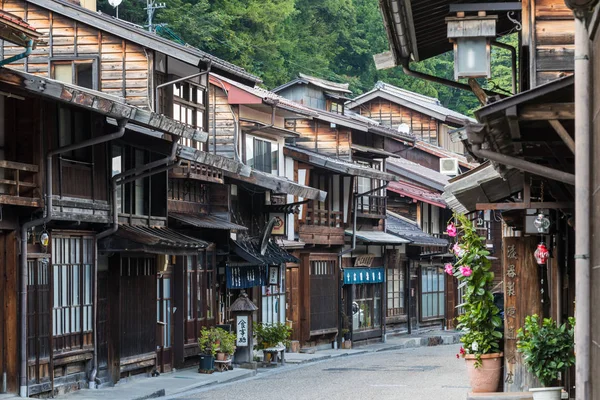
This well-preserved post town stretches for nearly a mile along the Nakasendo highway, with traditional buildings housing shops, restaurants, and inns that continue to serve travelers as they have for centuries. The village’s location in a narrow mountain valley created a linear settlement pattern that visitors can easily explore on foot.
Local specialties include traditional crafts like wooden combs and lacquerware that represent skills developed to serve passing travelers.
Ouchijuku
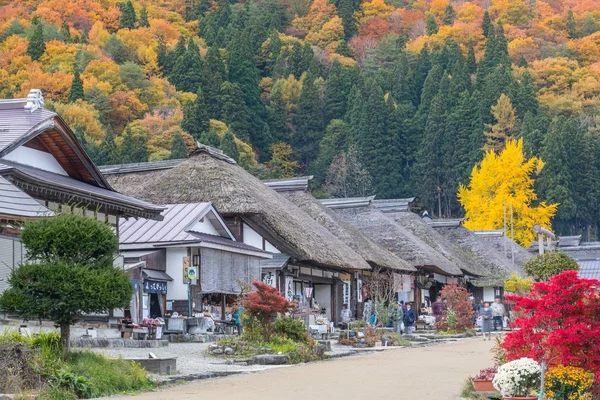
This former post town in the mountains of Fukushima prefecture maintains its traditional character with thatched-roof buildings and a main street that prohibits modern vehicles during certain hours. The village specializes in traditional foods and handicrafts that reflect the harsh mountain environment and the resourcefulness of rural communities.
Winter visits provide particularly atmospheric experiences when snow covers the thatched roofs and creates scenes reminiscent of historical woodblock prints.
Kumano Kodo Villages
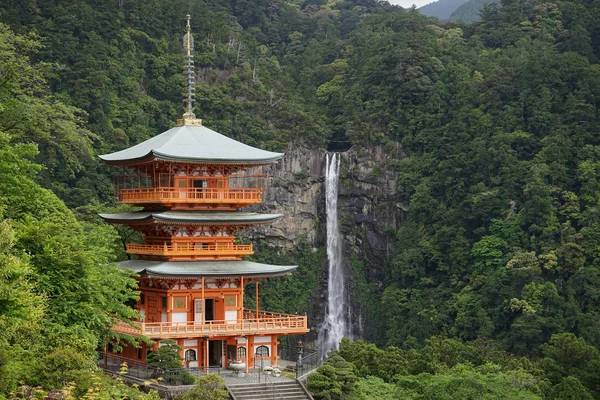
The small settlements along the ancient Kumano pilgrimage routes maintain traditional lifestyles and provide hospitality to modern pilgrims following these sacred mountain paths. These villages offer insights into how religious tourism shaped rural communities and continue to provide traditional accommodations and meals for spiritual seekers.
The combination of natural beauty, spiritual significance, and preserved cultural traditions creates uniquely meaningful travel experiences.
Like Travel Pug’s content? Follow us on MSN.
Enduring Rural Wisdom
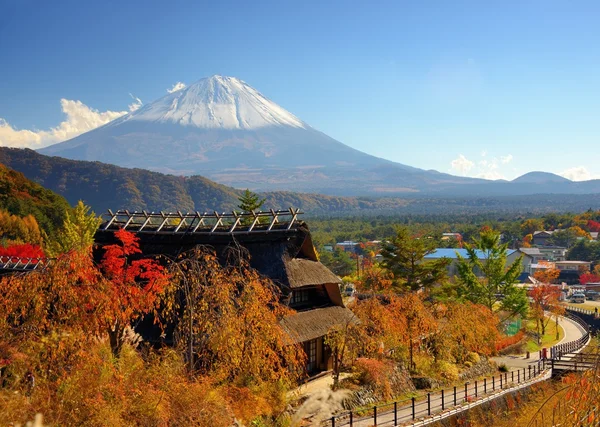
These traditional villages demonstrate how Japanese communities developed sustainable relationships with their natural environments while creating social structures that supported both individual families and collective wellbeing. The preservation of these settlements provides invaluable insights into pre-industrial lifestyles and offers alternatives to modern urban living that emphasize community cooperation and environmental harmony.
Visiting these villages supports ongoing preservation efforts while allowing travelers to experience authentic aspects of Japanese culture that remain vibrant and meaningful in contemporary times.
More from Travel Pug

- 20 Best Beach Towns in the Carolinas
- 13 Destinations Where Tourists Regularly Regret Their Trip
- 20 Things You Actually Get in First Class
- 20 Small Airports With Aviation Museums
- 20 Places in the U.S. That Are Perfect for a Reset Trip
Like Travel Pug’s content? Follow us on MSN.
